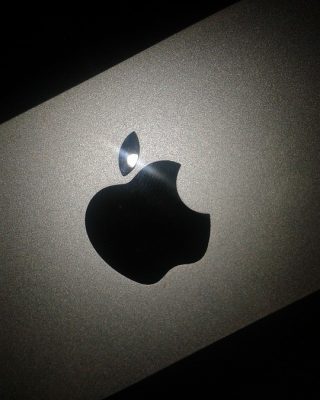Touchscreen News, Touchscreen Solutions
Apple Files Patent for Gesture-Based Touchscreen

Touchscreen technology has come a long ways over the years, but Apple Inc. is looking to push the envelope even further with its latest concept. The iPhone-maker was granted a patent (#9250734) for a touchscreen device that allows users to control it without ever touching. It may sound somewhat paradoxical, but Apple is essentially interested in building a touchless touchscreen device.
So, how does Apple’s bold new concept work? According to the patent details, it features proximity and touch sensors in a multi-touch panel to detect touch based on an image of the touch.
“The use of one or more proximity sensors in combination with one or more touch sensors in a multi-touch panel to detect the presence of a finger, body part or other object and control or trigger one or more functions in accordance with an “image” of touch provided by the sensor outputs is disclosed,” wrote Apple in its patent.
Technical jargon aside, the device works through gesture controls, meaning you don’t have to physically the surface of the device to control it. Other sources claim the device could use infrared sensors to reflect and bounce light back on to the appropriate pixel location. By moving your hand in front of the device, for instance, it would create a disturbance in the IR light; thus, allowing the device to determine exactly where the gesture occurred.
Of course, gesture-based touchscreen devices aren’t a new concept by any means. Samsung, for instance, pioneered the “Air View” technology for its Galaxy line of smartphones, which operates in a similar fashion: it registers commands based on touchless gestures made by the user. Air View windows are activated by hovering over the display, allowing it to determine the exact location of your finger(s) based on the disturbance of light.
The idea of a gesture-based Apple touchscreen may sound enticing, but it’s important to note that it’s just a patent. There’s been no official word by Apple when or even if it plans to pursue the technology. Like many other tech companies, Apple frequently files patents for its ideas but never turns them into tangible products. So there’s a very real possibility that this will remain a concept idea without ever transitioning into the development phase.
